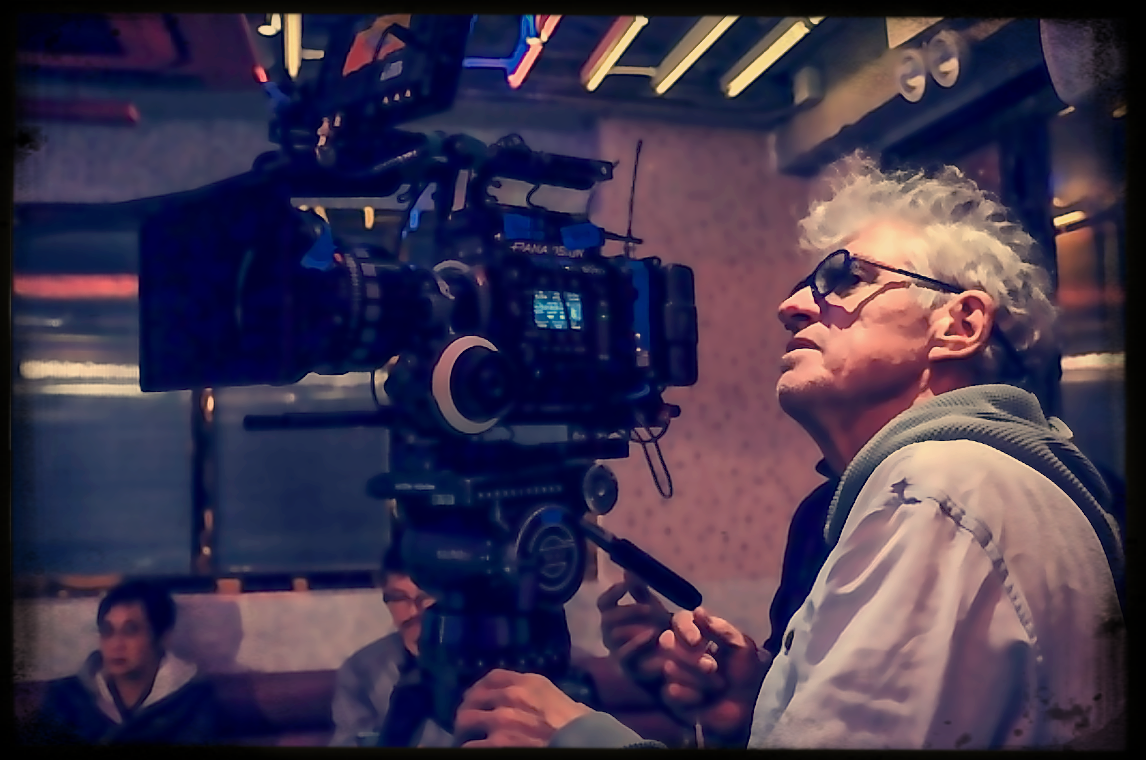"I knew the people who make the show with me hate me,” Anthony Bourdain famously — or rather make that infamously — said during his second visit to Hong Kong, in 2011, for The Layover. “But I didn’t know the audience did too.” Seven years later, in Hong Kong again, this time for Parts Unknown on CNN, a lot had changed. Bourdain had changed, too.
Has there ever been an hour of television Anthony Bourdain harder to wrap one’s head around than his 2018 sojourn to Hong Kong for Parts Unknown?
Quite apart from the behind-the-scenes tensions and turmoil I don’t need to go into here — others have done it before, and better than I could — not to mention the emotional entanglements of Hong Kong that would end in 2018 being an inauspicious year — for Bourdain, for his family, for his closest friends, and those followers who hang onto his memory to this day — the city dubbed Pearl of the Orient was both an enigma and a place close to his heart.
Stylistically and emotionally, Parts Unknown’s iteration of Hong Kong is how different Hong Kong is from many of the 84 episodes that came before. The rhythms and beats, the look, the jittery slipstream of comments and nighttime imagery of a city still struggling to come to terms with the eternal juggling act of modernity and past history, Hong Kong, in the hands of established, classically inclined cinematographer and longtime Hong Kong resident Christopher Doyle — one of Bourdain’s most profound creative influences — plays more like an art house short — Peter Bogdanovic’s Saint Jack, adapted from the Paul Theroux novel and one of Theroux’s earliest works of fiction — but faster, hipper, and more on-point. Far East exotica, writ both large and small.
“To fall in love with Asia is one thing, to fall in love in Asia is another. Both have happened to me,” Bourdain notes in Hong Kong’s opening moments, writing in firm hand in a leather-bound notebook on the deck of a harbour ship late at night, Hong Kong’s bright lights and glittering, bright-lit glass towers playing in the night behind him.
“The Star Ferry to Kowloon at night … the lights of Hong Kong behind me. It’s a gift, a dream … a curse. The best thing. The happiest thing. Yet also the loneliest thing in the world.”
It’s hard to watch Hong Kong and not be captivated by the high cinematic style of Doyle’s eye. The Australian-born Doyle, whose Chinese name is Dù Kěfēng (traditional Chinese: 杜可風), aka “like the wind.” Doyle appears both in front of and behind the camera throughout Hong Kong. Prior to working with Bourdain on Parts Unknown, Doyle was perhaps best known for his film collaborations with the respected Chinese filmmaker Wong Kar-Wai (Chungking Express, Days of Being Wild, Fallen Angels and others), and wrangled cameras on more than 50 Chinese-language films over the course of a career that has won him awards at Cannes and Venice, as well as the coveted AFI Award for cinematography. Doyle was just 18 when he left his native country on a Norwegian merchant ship in 1970, just three years before Theroux would write his formative novel Saint Jack; Doyle settled in Taiwan in the mid 1970s, where he first met the Taiwanese playwright Stan Lai and theatre producer Nai-Chu Ding at — where else — a restaurant, the Idea House, in Taipei.
For his part, Bourdain found himself both captivated and bewildered by the Hong Kong’s inevitable path of progress from his first visit for No Reservations in 2007, where he self-indulged in his idea of comfort food, street meats of pork intestine and chicken kidney (”entrails on a stick,” to hear Bourdain call it) at the Temple Street Market, roast goose with prune sauce (one of his favourites) at Yat Lok Central, bamboo noodles at Ping Kee Noodles in Tai Po Market’s cooked food centre, and the traditional-style dai pai dong street food stall in Hong Kong’s North Point neighbourhood.
A little more than ten years later for Parts Unknown, Bourdain found himself present noshing with Janice Lau and Jason Cheung, lead singer and guitarist respectively for the Hong Kong punk band David Boring. at Sung Hing Restaurant in Kennedy Town over dim sum egg-custard buns and braised chicken feet. There, the three talked about the intertwined dance between artistic freedom and ability to earn a living as artists in a constantly shifting cultural milieu.
Bringing his 10-year Hong Kong culinary pilgrimage to a close — full circle, if you will — Bourdain’s last-ever onscreen meal in Hong Kong is, appropriately enough, at the Michelin-anointed Lau Sum Kee Noodles, where he slurped down one final bowl of prawn-roe bamboo noodles, an homage — though he couldn’t have realized it at the time — to that first visit those many years earlier to Ping Kee for The Layover.
Parts Unknown’s Hong Kong episode, Bourdain wrote in his Field Notes at the time, was both “unlike any other episode, but … well, also historic in the sense that never before (had) such a heavyweight director of photography lent his efforts to a television travel show.”
For my taste, and to my eye, Hong Kong is hypnotic and captivating to watch, a fever dream dancing in real time. Leaving aside the real-life context — I have a lot of time for cameraman/cinematographer Zach Zamboni, and still do; there, I said it — this is a thrilling, at times enthralling piece of filmaking.
“In keeping with [Christopher Doyle’s] philosophy, we ‘reacted to the room’ and the people,” Bourdain continued. “We threw out our Pelican cases full of gels. Avoided, wherever necessary, the fascistic concept of continuity. Messed (often mid-scene) with the equally tyrannical and artificial notion of blocking. We filled the frame with living, breathing people — moving through the busy streets, markets, houses, and tea houses of Hong Kong, as they do.
“And we came home with a very nice slice of a great and beautiful and always delicious city, as seen through the eyes of a longtime resident who loves it deeply.”
As did he, clearly.
It’s hard — impossible even — to let a write-up on Hong Kong pass without at least an aside reference to the hour’s place in time and infamous history: Hong Kong was the last episode to air while Tony Bourdain was still alive. The remaining episodes he filmed — 10 in all — aired following his passing on 8 June, 2018.
“Death be not proud, though some have called thee Mighty and dreadful, for thou art not so. For, those, whom thou think'st thou dost overthrow. Die not, poor death, nor yet canst thou kill me.”
That was the 16th-century poet John Donne.
Sure, sure, Donne was a cleric in the Church of England. He was made Dean of St. Paul’s Cathedral in London under royal patronage in 1621, where he served for 10 years. It might be hard for some to imagine Donne and Bourdain breaking bread together, but they had more in common than you might suppose. Donne lived in poverty for several years, and spent much of what little money he inherited during and after his education on womanizing, literature, pastimes, and travel. Sound familiar?
As a poet, according his biographer, Donne’s style was characterized by “abrupt openings and various paradoxes, ironies and dislocations. These features, along with his frequent dramatic or everyday speech rhythms, his tense syntax and his tough eloquence, were both a reaction against the smoothness of conventional Elizabethan (mores of the time) and an adaptation to … European baroque and mannerist techniques.”
Again, sound familiar?
RIP Anthony Bourdain.
25 June 1956 to 8 June 2018.
Supplementary reading:
https://explorepartsunknown.com/hong-kong/bourdains-field-notes-hong-kong/
https://eatlikebourdain.com/anthony-bourdain-in-hong-kong/
Supplementary viewing:
Bourdain in Hong Kong for The Layover, NOT Parts Unknown as incorrectly labeled on YouTube. Worth seeing, though, if only to see how much had changed:
https://www.youtube.com/watch?v=B0pZDiu0yFQ










